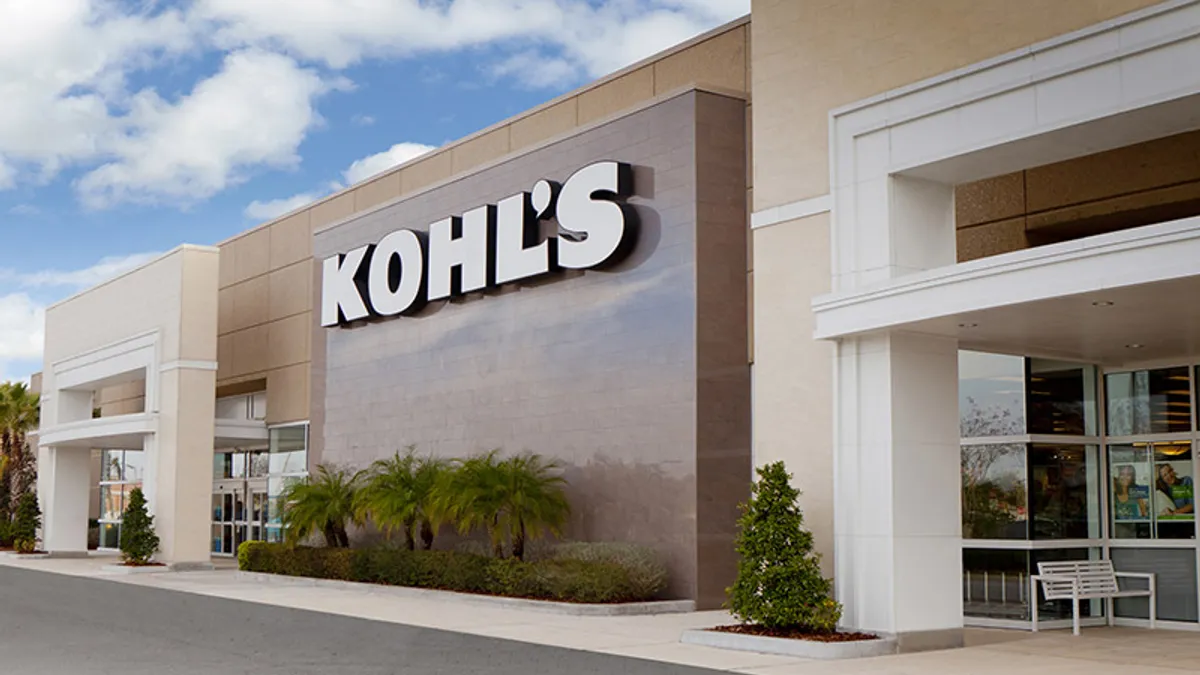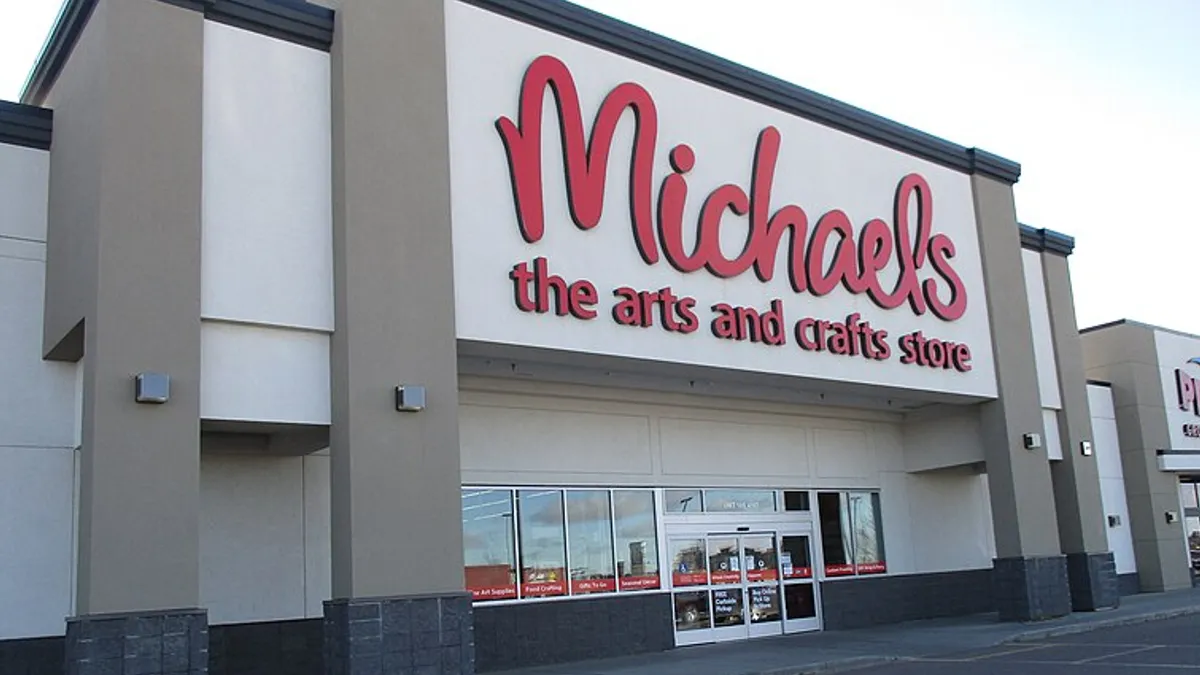Mid-December marks the beginning of retailers' final laps in what for most is the most crucial race of the year. As the blare of advertising deals and perks amplifies, the trick is to somehow be heard.
Simply getting louder or cutting prices further is an inevitable part of that, but some retailers are trying other ways to grab attention and get people into stores (or onto websites).
Early this week, for example, Kohl's reprised what for the discount department store has become a holiday tradition: opening many of its stores for a marathon round-the-clock 80-plus hours. And Old Navy announced a novel offer: free rides from ride-hailing platform Lyft to pick up online orders at its stores.
Getting lost, at a cost
While Kohl's launched its perpetual stores-open idea several years ago to garner attention and footfall, the repetition may be its own form of noise that may do little, in the end, to capture extra sales, according to Ray Hartjen, director of marketing for business analytics group RetailNext.
This year's 83-hour duration, from 7 a.m. Dec. 21 through 6 p.m. on Dec. 24, is apparently the sweet spot at many Kohl's stores. In 2015, the discount department store kept some doors open for a bleary-eyed 170 hours, quite a bit more than the 100 hours it was open in 2014. No matter how sweet, however, it comes at a cost, Hartjen said.
"Be it 170 hours, 107 hours or 80 hours, it's no little feat for Kohl's to activate against," he said in an email to Retail Dive. "It's placed perfectly for the procrastinating gift giver, as the marathon benefits those who've missed shipping deadlines with e-commerce vendors. They have to fulfill their gift lists somewhere, and Kohl's will be there [to] fill the void."
But that's "a supply chain and logistics nightmare," and a costly one, he also said. "Inventory levels have to be high enough so that stock outs don't occur too often or too early – Ideally the last SKU goes out the door at midnight on Christmas Eve. Then, there's labor and the necessary overtime and holiday wages."
Above the noise
Kohl's maneuver is aimed at goosing last-minute online sales, too. Part of the deal is free in-store pickup of online orders for certain items ordered through its website or its app until 6 p.m. local time on Christmas Eve (if they're placed by 3 p.m. local time), according to a company press release. (Web orders made by 11:59 p.m. CST on Tuesday, Dec. 18 will arrive by Christmas Eve via standard shipping, the company also said.)
But Old Navy's tie-up with Lyft is a novel way to chase the same objective. On Dec. 15 and Dec. 22, Gap Inc is teaming up with the transportation company to offer free roundtrip Lyft rides to and from Old Navy stores for customers buying online and picking up in stores, a new capability the retailer has been trumpeting.
"Old Navy's Lyft activation ... is built around BOPIS and attracting customers, particularly new shoppers, to its robust online shopping and ordering capabilities," Hartjen said. "Stores are a fulfillment center for the orders, and there's always the opportunities to capture incremental sales once shoppers are in-store. It's also a great way to cross-socialize the Lyft brand with the Old Navy customer base, something Lyft is undoubtedly subsidizing."
It's superior to Kohl's approach from many standpoints even if Lyft isn't subsidizing it, says Eddie Yoon, founder of Eddie Would Grow, a think tank and growth strategy advisory firm. "Kohl's is a fixed cost: I'm committing to having people in the store," he told Retail Dive in an interview. By contrast, Old Navy could reap benefits beyond sales from its Lyft experiment, while paying only for the rides customers take. "Depending on how they execute they could get extra CRM data," he said. "Not only is it a variable cost, but they will probably walk away with shopper information. It really shows off your chops from an omnichannel standpoint."
Like Kohl's marathon of open stores, the Old Navy-Lyft deal could eventually become part of the cacophony of the holiday quarter's final weeks. "The Old Navy/Lyft activation is a new twist on some pretty regular, run-of-the-mill marketing activations, and it has a lot of potential," Hartjen said. "In this copycat world we live in, expect more promotions like this in the future, and don't be too surprised if you see similar co-marketing partnerships this holiday season."
What would really wow customers is to make an event of the weeks after Christmas, according to Yoon, adding it would capture "buyers on the rebound."
"My premise is that we Americans are really bad at buying gifts for each other. You might actually be more inclined to buy something when you're returning your gift to the store," he said. "This notion of 'I didn't get what I wanted.' You're getting people who are like, 'I hinted and I hinted and I never got it.' There's a bigger opportunity that's being missed. Being open 24/7 for 100 hours straight isn't going to make you a better gift giver. After the holidays the money being spent is actually hitting the mark."




















